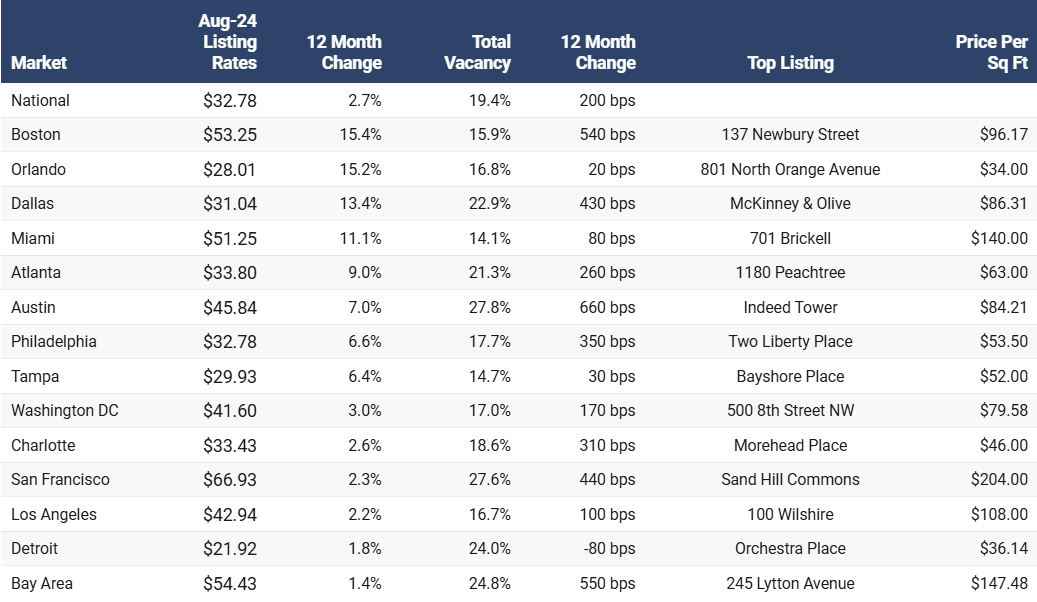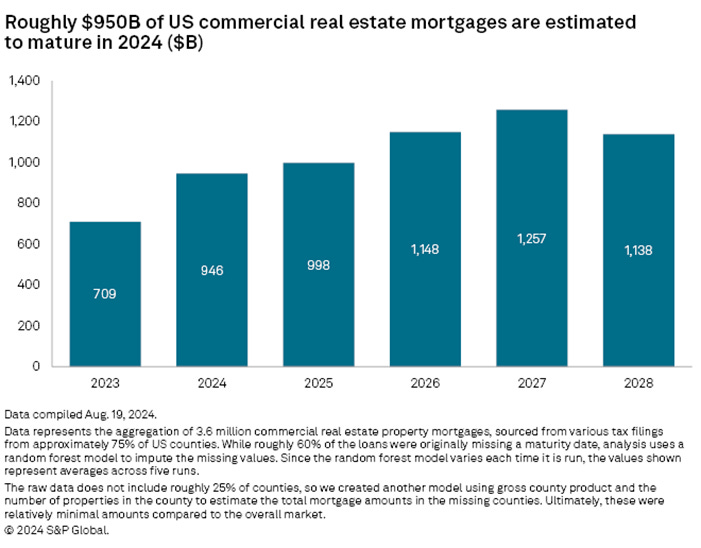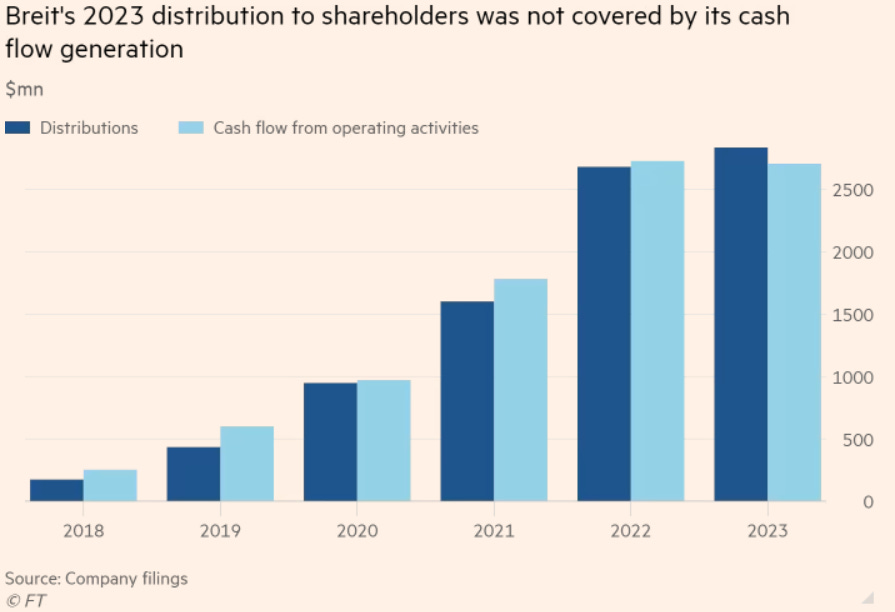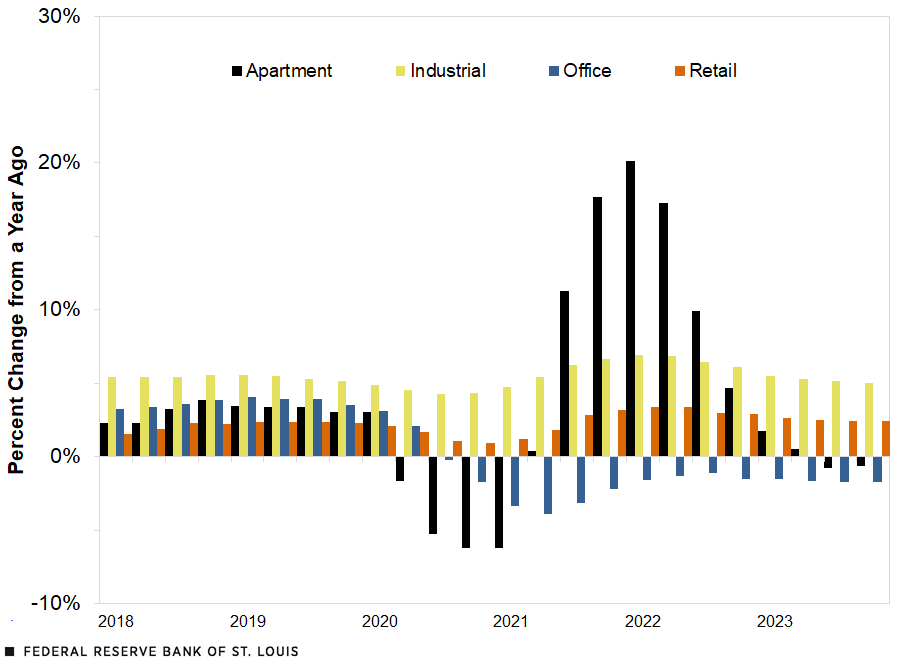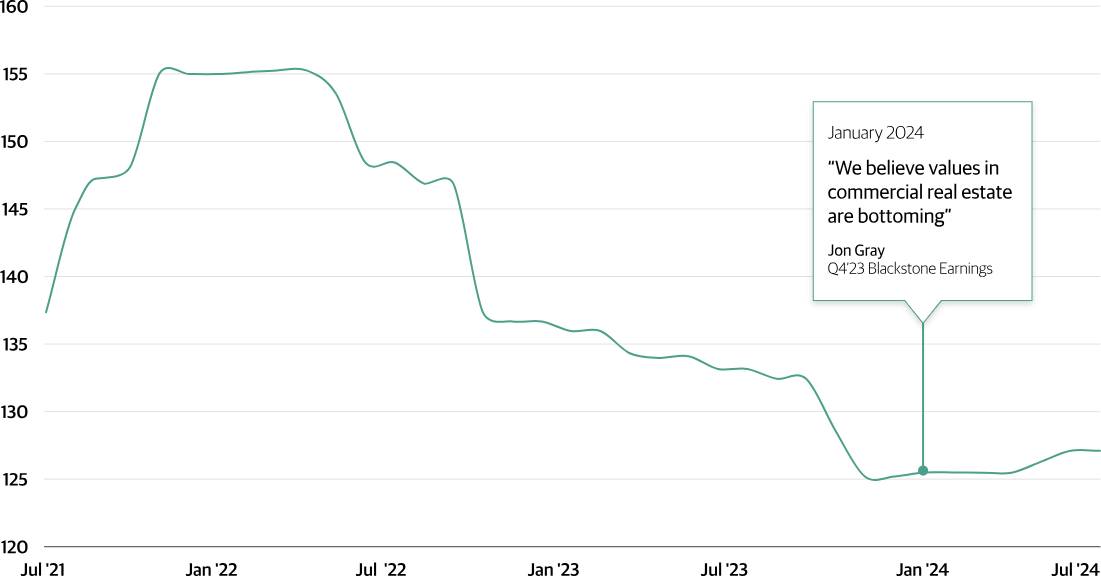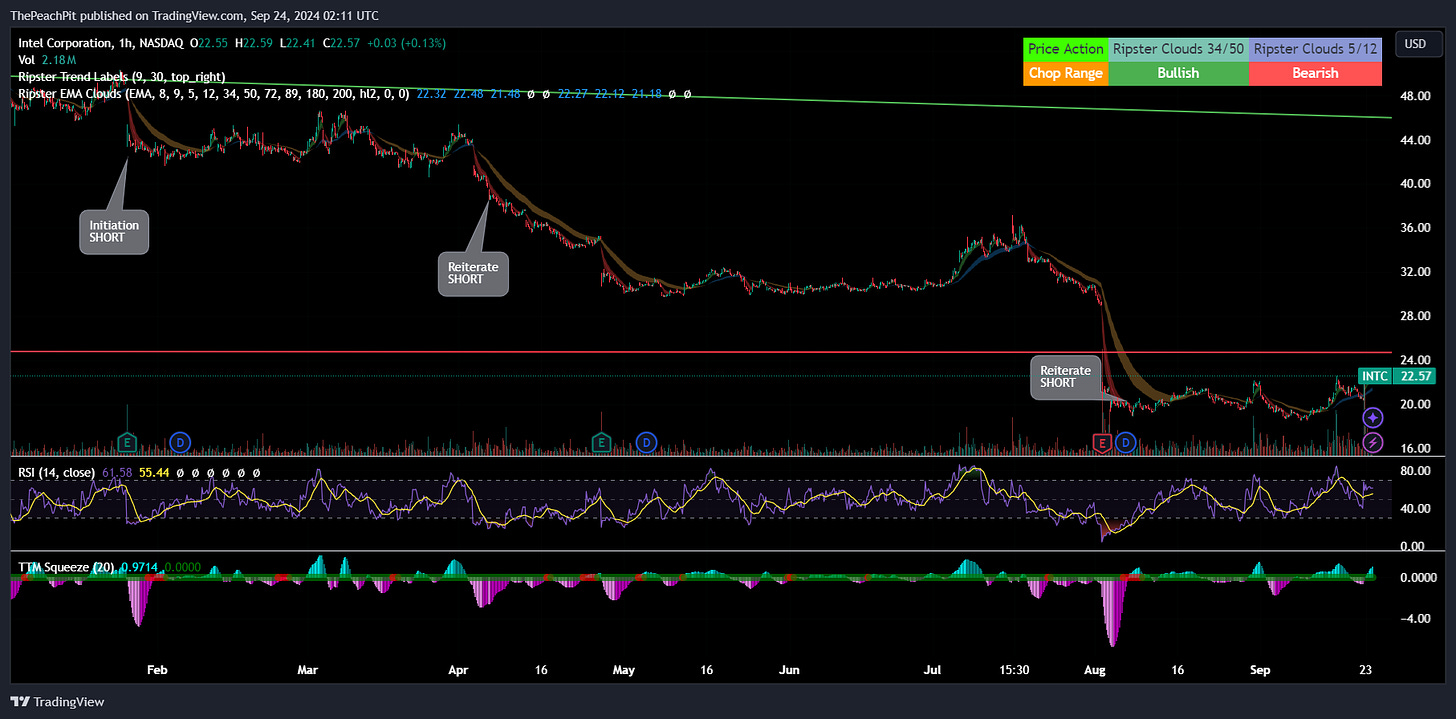As we near the end of q3’24, it appears that the economy has been saved with the markets reacting in a very placid manner. YTD, the S&P 500 is up just shy of 20%, a major run-up given the level of economic uncertainty when entering into the year. The markets will be tested this week as q2’24 GDP will be revised on September 26th and PCE will be released on the 27th.
Given that this is my 30th newsletter of this series, I’m giving away a 50% discount to annual subscriptions. Be sure to upgrade to a premium subscription to receive the full Model Portfolio and my High-conviction stock list!
For the most part, 2024 has experienced quite a few false alarms as investors sought out negative catalysts that could drive the markets down. CRE, AI/tech bubble, the housing market, unemployment, credit delinquencies, a general decline in consumption, earnings decline, the ongoing 60-year climate crisis, and the election, amongst other things. have been listed as the potential detriment to the resilient US economy; however, nothing has broken to the point of a classic bailout.
Overall, each of these catalysts has held a certain degree of merit as each catalyst has peeked its head out like a gofer; however, the damage done has left the economy unscathed with minimal overall impact to growth, much like looking in the rearview mirror. In contract, looking forward, we must consider what is to come if these factors were to experience further stress.
CRE may be saved for now as employers continue to pull employees back into offices. Amazon (AMZN) made headlines last week, mandating that warm seats are now mandatory for all employees. This type of headline has been a relatively common theme post-pandemic as employers are facing resistance when requesting that employees return to their respective offices. The primary driver is the loss of communication and collaboration with some employers suggests that productivity declined. I think there is more to the story than what’s being suggested by the headlines.
CRE requires employers to have employees in warm seats in order to justify holding the lease. Without personnel filling up the offices, what’s the point of having such a large footprint? My suspicion is that employers aren’t driving the “back to the office” initiative. I think it is coming from the CRE operators and bankers whose business depends on cash flow from leases.
Despite the drive back to the office, CRE is not out of the woods quite yet. Office vacancies remain at their highs with the national rate sitting at 19.4% in August 2024, up 200bps from a year ago. On top of this, backfilling jobs appears to be slowing down, resulting in a higher unemployment rate. Some of this may be the result of automation at the administrative level, furloughing at industrial sites, and other measures taken to reduce the workforce. Tech continues to experience a certain degree of layoffs with 124k employees being turned over in 2024. This is on top of the reported 428.5k layoffs experienced in 2022-2023. Growing unemployment certainly can add to the pressure of office space demand.
One notable example of unemployment-related pressure was Cisco’s announced headcount reduction in their q4’24 earnings, calling for a 7% workforce reduction. In total, the firm will have cut 9,600 employees in 2024. Management mentioned that the workforce reduction is more of a repositioning rather than a reduction in which Cisco is seeking lower-cost regions and AI-oriented personnel.
In relation to this, we discussed last week the financial constraints of REITs as they pertain to distributions and cash retention. Where I’m getting at with this is that the Fed’s 50bps rate cut last week may have been executed with the real estate market in mind. According to S&P Global, $950b of CRE mortgages will mature in 2024 with this figure ballooning to just shy of $1b in 2025. Nearly 30% of outstanding debt is expected to mature between 2024-2026. The figure appears to peak in 2027 at $1.2b.
The catch-22 is that if operators default on their loans, the CRE market could come under severe pressure and experience a fire sale. The alternative is to refinance at potentially higher costs of debt. This is possibly the rationale for Federal Reserve Governor Christopher Waller stating his support for front-loading rate cuts. After all, perpetual debt financing debt is only “sustainable” when the refinancing comes at a more appealing price.
Despite the broader optimism of the economy, the CRE market certainly is feeling the pressure. Blackstone Real Estate Income Trust, dubbed BREIT, is a direct recipient of the pain being experienced across the real estate industry. It was reported in April 2024 that the fund did not generate enough income to cover its distribution in 2023, and 2024 isn’t looking too hot. Accordingly, investors continue to pull billions of dollars in funds from the portfolio each quarter. This double whammy of a death spiral can have severe consequences for the fund and its investors if the outflow persists. One of the benefits that BREIT experienced was their cap on fund outflows in 2022. Though outflows have abated from these highs, they still remain prevalent, resulting in a smaller cash pool to acquire properties or property debt.
Part two of the double whammy is property value. With higher vacancies comes lower net operating income, and in turn, lower valuations. For those that aren’t adept in real estate, the cap rate is the measurement of net operating income as it relates to the property’s acquisition or sale value; i.e. the higher the value and the lower the NOI, the lower the cap rate and vice versa. For a seller of a property, you want a lower cap rate and the opposite as a buyer.
This has resulted in a severe decline in property values in the last few years as operators and property owners grapple with the challenging market conditions. According to the CoStar value-weighted commercial property price index (CPPI), the office sector has faced a -34% decline in value from its peak in q4’21.
Looking back at Blackstone’s value based on Green Street’s index, property values have stabilized over the last 7 months.
Despite this positive fluctuation, I do not believe we are quite out of the woods just yet. As the economy continues to chug along at a “heathy” rate, the cracks mentioned above are only cracks and will likely expand in the coming year as inflationary pressures remain high.
As suggested in last week’s newsletter, the BCOM Index suggests that commodity prices have fallen below its trend line as the broader industrial market takes a breather. There are a few factors at play that give me reason to believe that this is only a temporary decline and that inflation is only positioned to come roaring back.
Canada recently imposed a 25% tariff on Chinese aluminum and steel products, making importing base metals from the mainland uneconomical. This tariff will provide a price floor for base metals as much of the pricing pressure experienced in the US was the result of China exporting to Mexico or Canada, only to be exported to the US. With one of the channels taken offline, domestic prices may experience some relief and price upward in the coming months.
These factors were assessed in my recent update on Alcoa (NYSE: AA), which can be found here:
Alcoa's Financial Position Is Improving - Upgraded To A Buy Rating
This will not come to the detriment of CPI, but rather, industrial margins. Consumers have made it clear that pricing pressures can no longer be absorbed and have begun impacting volumes sold. This means that if an automotive manufacturer wants to sell that new SUV or fully-equipped HD 4x4, enhanced towing package truck, prices will need to either remain at the current level or come down to move the vehicle off the lot.
This means that GM or Ford will be absorbing the additional costs of steel, aluminum, and other materials that may face upward pricing pressure as a result of the tariffs. In turn, the OEMs will face tighter margins and may potentially furlough plants in order to manage costs.
The benefit to this would be that the metals and mining industry will experience stronger price support and may have more bandwidth to hire and retain talent. Perhaps this will lead to people working in the industry to buy new trucks and SUVs, thus supporting the very industry under pressure as a result of the very prices that support the workers’ incomes.
My final thought on the matter is an adage I’ve retained over the years from a previous boss: nothing moves straight up or straight down. This is the overall basis of Elliot Wave Theory. Despite a sharp spike or drop in an asset’s price, the long-term trend generally cycles in waves and never sustainably moves in a single direction. Despite CRE values leveling off in 2024, this does not mean the decline is over. Though it very well could be, it is more likely that CRE may face continued pressure moving into the coming years as more debt matures, leaving the real estate operators to refinance at higher costs or sell buildings at lower valuations.
Stocks To Look At This Week
I have read a few headlines relating to interest in Intel’s segments. Qualcomm announced their interest in Intel’s PC business, which would diversify the firm out of the flat-to-declining smartphone market. Apollo recently approached Intel for a 5% stake in the company, equating to a $5b investment. The exact intent of the deal isn’t necessarily known, but I suspect I may need to update my coverage with a sum-of-the-parts analysis to determine the selling value of each individual unit under the Intel nameplate.
Investors reacted positively to the news with shares climbing around 4% intraday before settling up 13bps at the close.
In addition to this, Intel and Amazon announced a multibillion-dollar deal to manufacture AWS AI chips at Intel Foundries. This could be the start to something big for Intel as Google and Microsoft are each developing their own AI chips internally. If Amazon is setting the trend, Intel’s foundry business may experience the push needed to become a viable, independent business.
With the positive headlines comes reality. Hyperscalers buy infrastructure at a discount. If Intel pushes ahead of its skis in this venture as it did with Lunar Lake, Intel’s financial position may worsen as a result of this deal, leading the company to produce mass volumes of AI chips in a short amount of time while producing at a loss.
At the very least, this will push Intel into acquiring the appropriate chip manufacturing equipment necessary to produce these high-performing chips. Perhaps this isn’t an Intel play, but rather, a KLA Corp. (KLAC) or an Applied Materials (AMAT) play.
I’ll be updating my guidance in INTC later this week when my desk clears with some figures to back up my thesis.
ThePeachPit Model Portfolio
Keep reading with a 7-day free trial
Subscribe to Monte Independent Investment Research to keep reading this post and get 7 days of free access to the full post archives.






